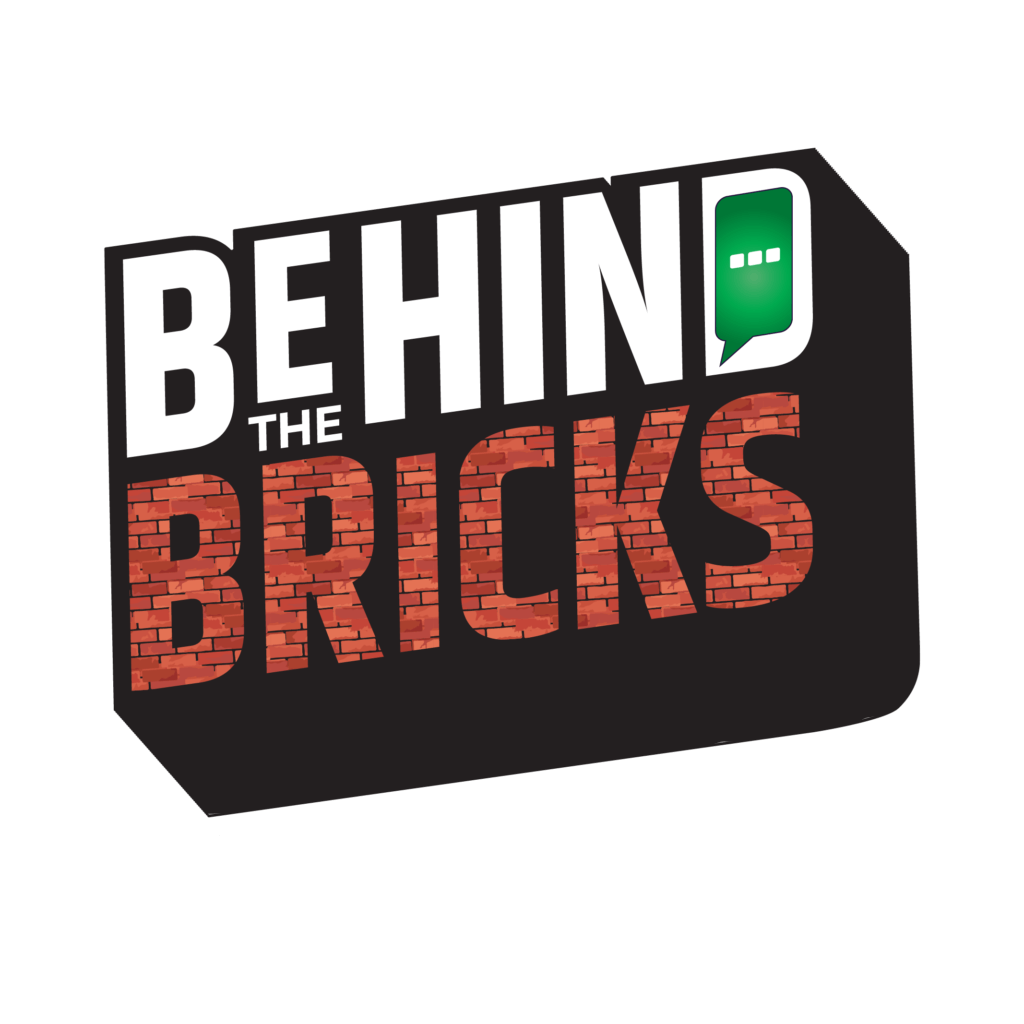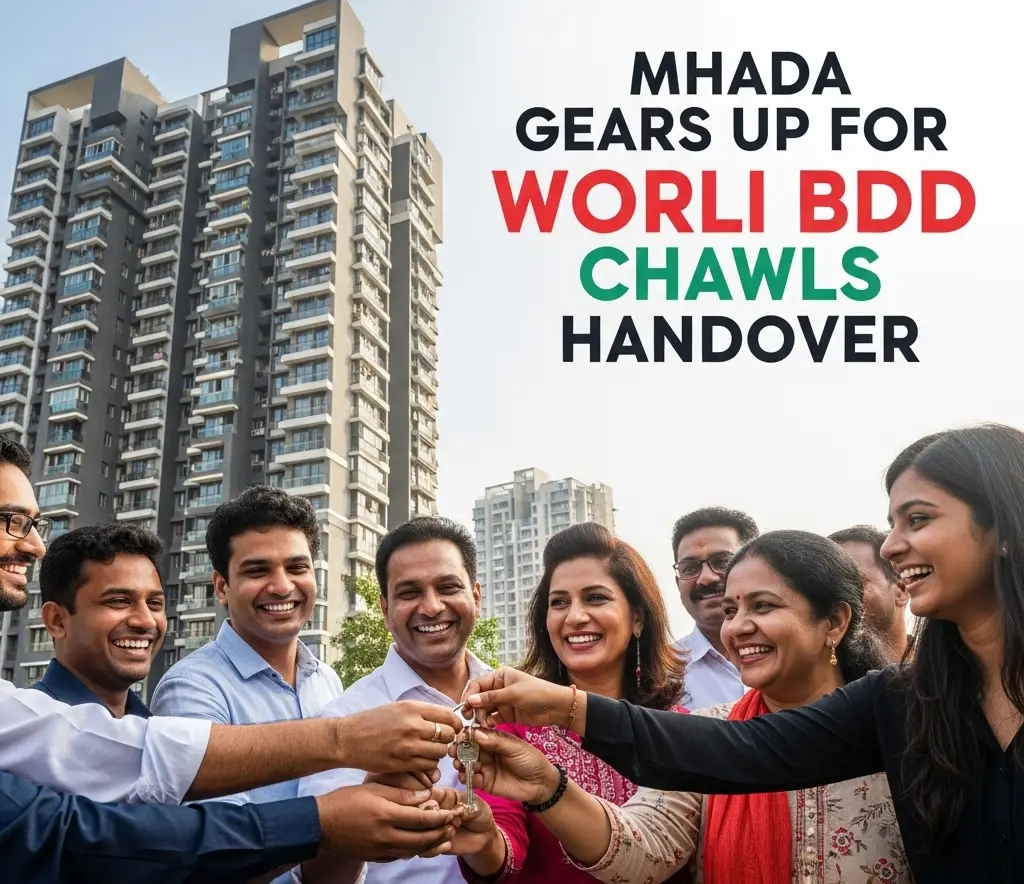The BDD chawls in Mumbai, India, have been symbols of colonial housing infrastructure for decades. They are characterized by cramped living spaces, shared toilets and narrow lanes. A new chapter in the history of Mumbai is beginning. The Maharashtra Housing and Area Development Authority is ready to start the handover of redeveloped apartments in the Worli chawls. This marks a significant milestone in Mumbai’s ambitious journey towards urban renewal.
Understand what this redevelopment means for Mumbai, not only for the residents of 121-year-old chawls but also for its evolving skyline.
Understanding the BDD Chawls in Historical Context
The British Bombay Development Department built the BDD Chawls between 1920 – 1925 to provide rental housing for mill workers and families with low incomes. These chawls, which are home to over 16,000 families in the Worli Naigaon and NM Joshi Marg areas, have become a part of Mumbai’s social and cultural history.
The need for redevelopment was urgent due to the dilapidated infrastructure and safety concerns. After many years of policy discussions and stakeholder consultations as well as delays, the project has finally gained traction over the past few years. This is especially true in Worli, one of Mumbai’s most prime locations.
The Handover Process
MHADA, according to recent announcements, is preparing the handover of the first phase of redeveloped flats in Worli’s BDD chawls. The completion of several buildings is expected to start within the next few weeks.
Highlights of the Redevelopment Process:
- Total Redevelopment Area: Over 60 acres in Worli.
- Number of Residents to be Rehabilitated: More than 9600 families, and 220 commercial units.
- Developer TATA Projects selected by MHADA to carry out construction.
- Flat Size: Each eligible family will receive a flat measuring 500 sq. Self-contained apartments of 500 sq. ft. rooms.
This transformation is more than just an architectural one. This is an economic and social upliftment that families have been waiting for years, in some cases decades.
Worli BDD Redevelopment: A Big Deal
This redevelopment has been hailed as a successful model of urban renewal for many reasons:
- Prime location advantage – Worli is located between South Mumbai and emerging business districts, Lower Parel & BKC. Residents can now look forward to improved connectivity, a higher resale price, and a heightened lifestyle.
- The project guarantees in situ rehab. Inclusive development. Residents are not relocated far from the original community space, preserving cultural and social bonds.
- Modern Infrastructure – New towers include 24-hour water supply, lifts and CCTV surveillance. They also have parking spaces, recreational areas, and fire safety systems.
- Increase in Real Estate and Employment – The Redevelopment opens up components that are free for private buyers. This could breathe new life into Mumbai’s real estate market, especially Worli. The project provides job opportunities in the construction, service, and related industries.
Challenges along the Way
The road to progress has not been easy. The project faced several obstacles:
- Ownership disputes and legal battles
- Political Intervention and Changes in Government
- Delays with the appointment of contractors and clearances
- Residents protesting for transparency and better terms
The current trend suggests that MHADA is working with developers and residents to better coordinate their efforts.
What Residents Can Expect
Residents can expect the following:
- A letter of scheduled possession with documentation and keys
- MHADA Moving and settling-in Assistance
- Updates on amenities, maintenance guidelines and society formation
MHADA also assures that the process will remain transparent and that legal teams will be on hand to resolve any disputes during transition.
What this means for Mumbai’s Urban Development
The rehabilitation and handover of the Worli BDD Chawls is a benchmark that will be used for other similar redevelopment projects in the city. Mumbai is home to over 14,000 dilapidated houses, according to various urban housing surveys. Projects like this could pave the path for:
- A safer, more sustainable home
- Land use for a city with limited land
- Improving the quality of life of thousands of families
- Increased collaboration between the public and private sectors
The government also has a larger goal of making Mumbai a “world-class city” by focusing on redevelopment and housing policy.
Final Words
The Worli BDD Chawl Redevelopment doesn’t simply involve replacing old buildings with new ones. It is about giving dignity, modernity and security back to thousands of Mumbaikars, who have lived in difficult conditions for generations. MHADA’s determination to make this handover a reality signals a positive turn in Mumbai housing reforms, which have been long overdue.
This project, which is aimed at reinventing the city, could serve as a reminder that true development begins from the bottom up — one family and one home at a time.
Frequently Asked Questions (FAQs).
- What is the status of the Worli BDD Chawl Redevelopment?
By mid-2025, the first phase will be completed, and MHADA will begin the process of handing over redeveloped apartments to residents.
- How many families are expected to benefit from the project?
In Worli alone, over 9,600 families will be rehabilitated. 200 commercial tenants are also included.
- What type of home will the residents get?
Each eligible family will receive a 500-square-foot home. Self-contained apartment with modern amenities.
- Who will be doing the construction?
TATA Projects has been selected as the main contractor for the redevelopment of Worli BDD Chawls.
- Do residents have to pay for their new homes?
Original and eligible residents are entitled to free flats. They must, however, submit the necessary documents and follow the MHADA ownership process.


Write Your Comment